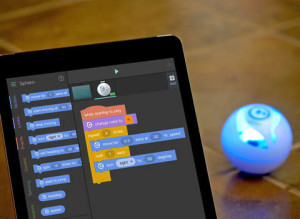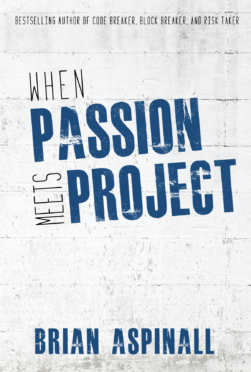In this lesson students will explore Geometry by coding and writing narratives about life on Mars. Thanks to Sharon Drummond & Mel Poissant for the inspiration.
Grade six students figuring out how to use Sphero so they can use them for learning about how the… https://t.co/obLeVGijRk
— Sharon Drummond (@Sharon_Drummond) October 13, 2015
Mars Rovers:
Wiki: A Mars rover is an automated motor vehicle that propels itself across the surface of the planet Mars upon arrival. Rovers have several advantages over stationary landers: they examine more territory, and they can be directed to interesting features, they can place themselves in sunny positions to weather winter months, and they can advance the knowledge of how to perform very remote robotic vehicle control. Source: https://en.wikipedia.org/wiki/Mars_rover
Big Ideas: To explore and describe location, using positional language and paths of motion on a grid system. Students will code robotics to mimic the Mars Rover and move them across a “course” laid out on the floor or classroom. Students will also explore ratio, positive and negative integers and compare and contrast simple fractions.
The Mathematical Process:
Problem Solving: Problem solving is central to learning mathematics. By learning to solve problems and by learning through problem solving, students are given numerous opportunities to connect mathematical ideas and to develop conceptual understanding. Problem solving forms the basis of effective mathematics programs and should be the mainstay of mathematical instruction.
Computational Strategies: They may need to apply the written procedures (or algorithms) for addition, subtraction, multiplication, or division or use technology for computation. They may also need to select strategies related to mental computation and estimation. Developing the ability to perform mental computations and to estimate is consequently an important aspect of student learning in mathematics.
Representing: In elementary school mathematics, students represent mathematical ideas and relationships and model situations using concrete materials, pictures, diagrams, graphs, tables, numbers, words, and symbols. Learning the various forms of representation helps students to understand mathematical concepts and relationships; communicate their thinking, arguments, and understandings; recognize connections among related mathematical concepts; and use mathematics to model and interpret realistic problem situations.
Communicating: Communication is the process of expressing mathematical ideas and understanding orally, visually, and in writing, using numbers, symbols, pictures, graphs, diagrams, and words. Students communicate for various purposes and for different audiences, such as the teacher, a peer, a group of students, or the whole class. Communication is an essential process in learning mathematics. Through communication, students are able to reflect upon and clarify their ideas, their understanding of mathematical relationships, and their mathematical arguments.
Required Viewing (2003 Mars Rovers): http://video.nationalgeographic.com/video/mars-rovers-sci
Required Viewing (1969 Moon Landing):
Recommended Viewing (Coding Sphero):
Required Materials: Mobile Device, Sphero, Parrot Drone, TickleApp
App: https://tickleapp.com/en-us/
Sphero: http://www.sphero.com
Parrot: http://www.parrot.com/ca/
Possible Exploration:
After watching the moon landing video, discuss with students how one’s weight is ⅙ on the moon what it is on earth. Briefly mention that mass doesn’t change. Have students inquire about the force of gravity on mars and determine their weight on that planet vs. earth as a fraction and a decimal.
Show the video of the Mars Rovers from 2003. Have student describe what they see (landscape, terrain). Did they see any alien life? Discuss possible narratives to life on mars (opportunity for cross-curricular entry points).
Have students become “pilots” of their own device (sphero, parrot). Provide them with an obstacle course (inside the classroom or outside) with a varying terrain. Have students use Geometry to “code” a sequence of commands to move the robot across the course (grid system). Depending on the age group, describe relative location, movement paths, reflections, translations and rotations.
Possible Extensions / Substitutions:
- Have students create their own obstacle course of varying difficulty.
- Using Parrot, have students take live aerial pictures of the obstacle course terrain and create narratives about a new lifeforms.
- If tech access is unavailable, have students work in pairs where one person is the pilot and the other person is the robot. Create a set of pseudo-code instructions the pilot can choose from and have the pilot “code” his robot friend through the course.


 For all the kids who grow up in a small town and think they don’t stand a chance. You do. I was once that kid.
For all the kids who grow up in a small town and think they don’t stand a chance. You do. I was once that kid.
Hi Brian, a very well thought out lesson. I love the background you provide on coding with Sphero and Mars. I often find that some mathematical thinkers spend less time and care in literacy. So providing that science-like extension is worthwhile. It does provide a jump off point to inquire about our Mars missions. I could definitely see this with my gifted group.